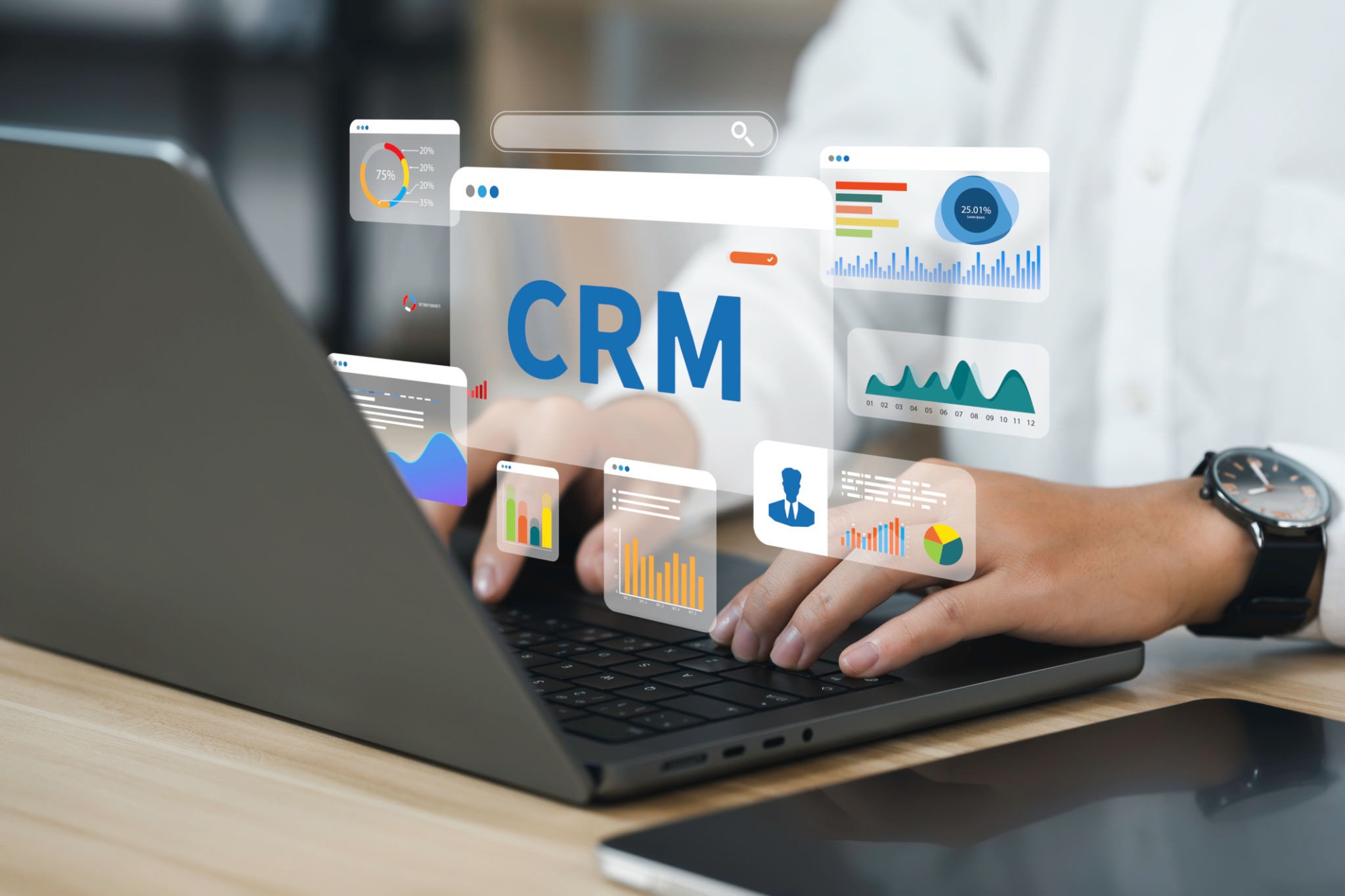The Ultimate Guide to Automating Your Marketing Workflows
Understanding Marketing Automation
In today's fast-paced digital landscape, marketing automation has emerged as a crucial tool for businesses looking to streamline their processes and enhance efficiency. By automating repetitive tasks, companies can focus more on strategic planning and creative endeavors. Marketing automation not only saves time but also ensures consistency in delivering personalized customer experiences.

Getting Started with Automation Tools
Before diving into automation, it's essential to choose the right tools that align with your business goals. There are numerous platforms available, each offering unique features tailored to different aspects of marketing. Some popular options include HubSpot, Marketo, and Mailchimp. Evaluate these tools based on your specific needs, such as email marketing, social media management, or lead generation.
Mapping Out Your Marketing Workflows
Once you've chosen your tools, the next step is to map out your marketing workflows. This involves identifying the processes that can be automated, such as email campaigns, social media postings, or customer segmentation. Create a visual representation of these workflows to understand how they interact and where automation can be implemented effectively.

Implementing Automation in Email Campaigns
Email marketing remains a powerful channel for engaging with customers. Automation can enhance this by allowing you to send personalized messages at scale. Consider setting up automated welcome emails for new subscribers, or nurture sequences that trigger based on user behavior. This ensures timely communication and fosters stronger customer relationships.
- Welcome emails
- Abandoned cart reminders
- Re-engagement campaigns
Social Media Automation Strategies
Keeping up with social media can be overwhelming, but automation tools can alleviate this burden. Scheduling posts in advance ensures consistent online presence and frees up time for real-time engagement. Use analytics from these platforms to understand what content resonates with your audience and refine your strategies accordingly.

Optimizing Lead Generation and Management
Lead generation is at the heart of marketing efforts, and automation can significantly enhance this process. By using automated forms and landing pages, you can capture leads efficiently and nurture them through tailored content. Implementing a CRM system further aids in tracking interactions and scoring leads based on their engagement levels.
- Create compelling landing pages
- Use automated lead scoring
- Nurture leads through targeted content
Measuring Success and Continuous Improvement
The ultimate goal of automating marketing workflows is to improve overall performance. Regularly measure the success of your efforts by analyzing key metrics such as conversion rates, engagement levels, and ROI. Use this data to make informed decisions and continuously refine your strategies for better results.

By embracing marketing automation, businesses can optimize their workflows, enhance customer engagement, and drive growth. As technology evolves, staying updated with the latest tools and trends will ensure that your marketing efforts remain efficient and effective.
